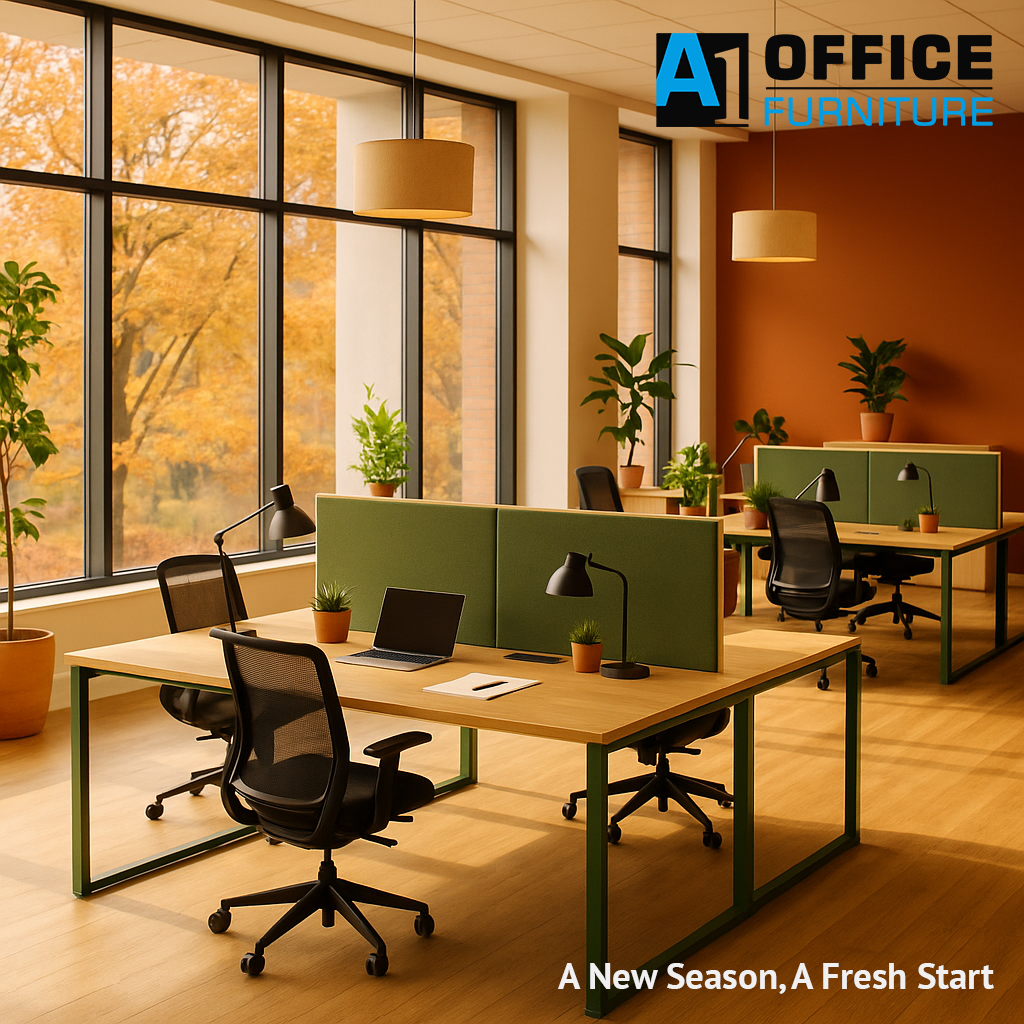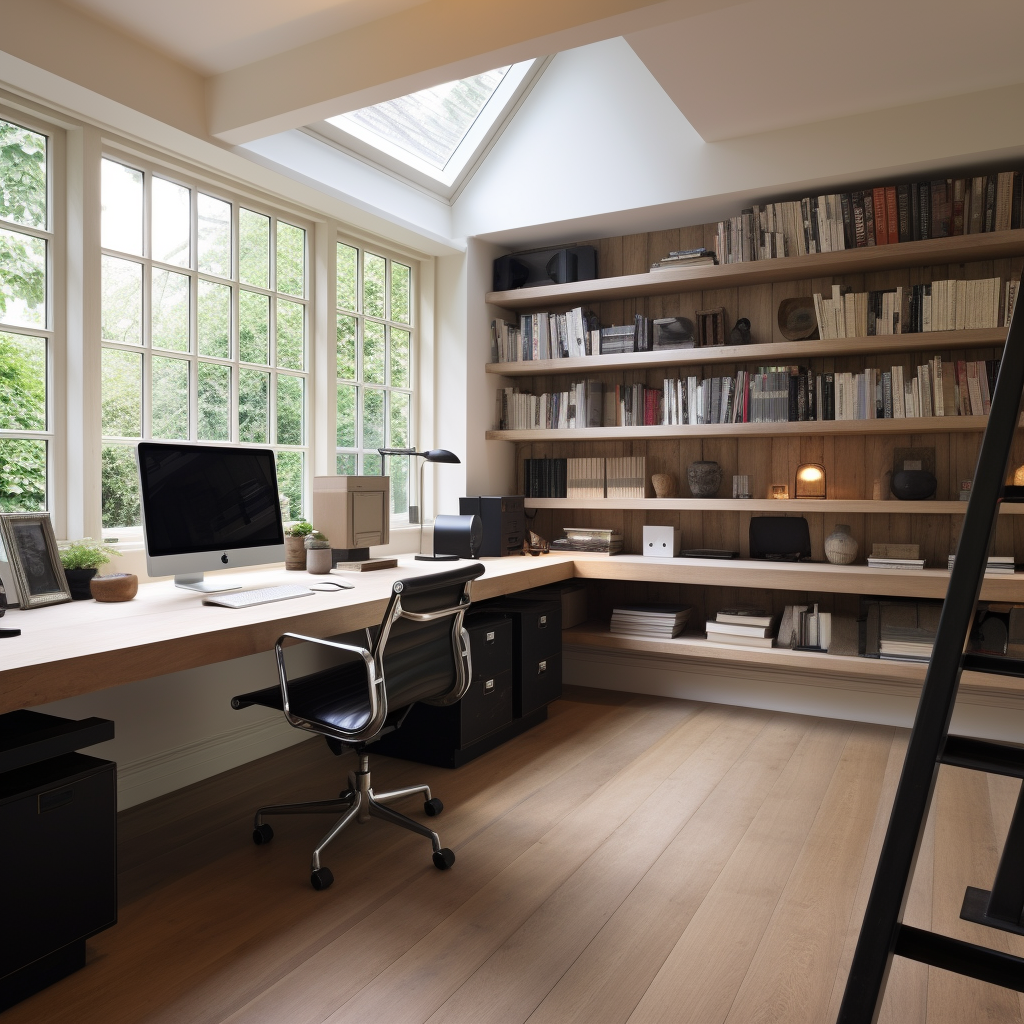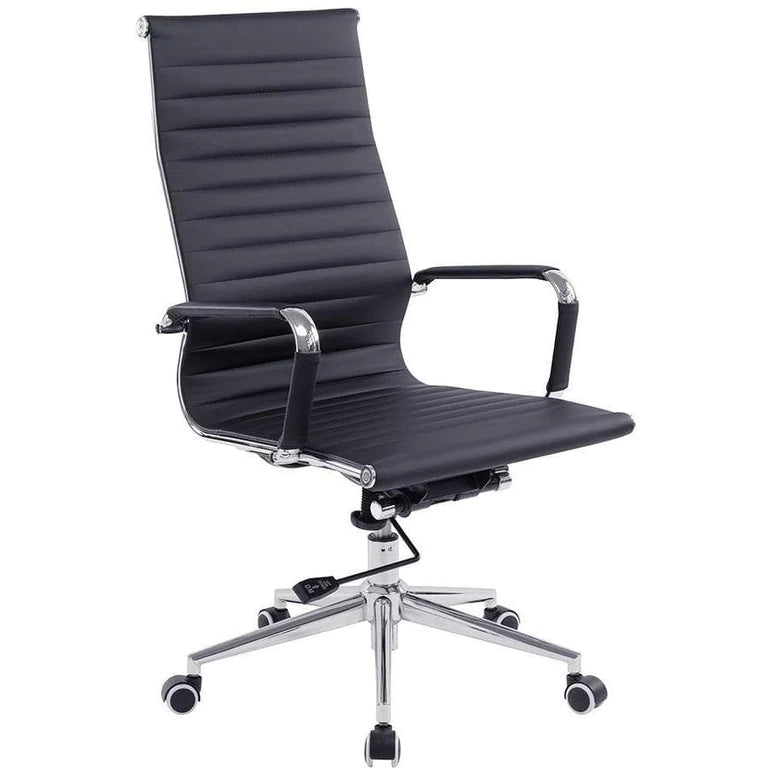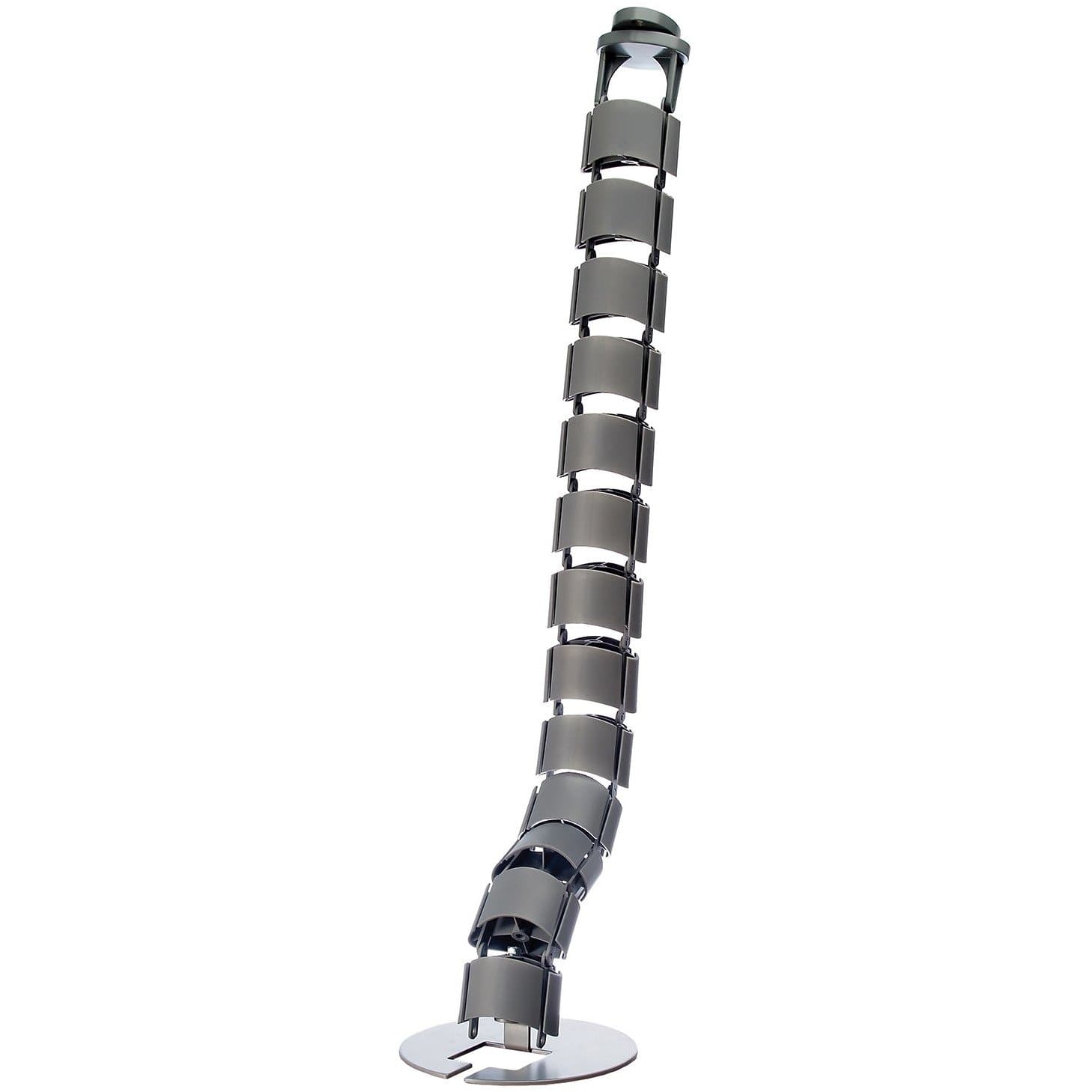
Caring for Your Office Furniture: Maintenance, Cleaning, and Longevity Tips

Maintaining your office furniture not only preserves its aesthetics but also extends its lifespan, ensuring that the workplace remains functional and inviting. A well-cared-for environment can also positively influence employee morale and productivity. Below are strategies and tips to help you care for various types of office furniture.
1. Regular Cleaning
-
Desk Surfaces: Use a damp microfiber cloth to wipe away dust and spills. For wooden desks, choose cleaners specifically designed for wood to prevent damage or fading.
-
Upholstered Chairs: Vacuum regularly using an upholstery attachment. Attend to spills immediately by blotting with a clean cloth.
-
Metal and Plastic Components: Wipe down with a damp cloth, using mild soap for stubborn marks. Dry thoroughly to prevent rust or degradation.
2. Protecting Surfaces
-
Use coasters under mugs or water bottles to prevent rings and moisture damage on wooden surfaces.
-
Employ keyboard and mouse pads to minimize scratches on desk surfaces.
-
Consider chair mats to protect floors from wear and tear caused by chair movement.
3. Ergonomic Maintenance
-
Regularly inspect the adjustable parts of chairs and desks, ensuring that they operate smoothly.
-
Tighten any loose screws or bolts to maintain structural integrity.
-
Replace worn-out cushions or armrests to ensure chairs continue to provide optimal support.
4. Addressing Wear and Tear
-
For minor scratches on wood, consider using touch-up pens or specialized wood fillers.
-
Regularly inspect upholstered items for signs of fraying or tearing. Early repairs can prevent more significant damage.
-
Check the casters on rolling chairs to ensure they move freely. Clean or replace them if they start to stick or become clogged with debris.
5. Protect from Sunlight
-
Position furniture away from direct sunlight, if possible, to prevent fading or warping.
-
Use blinds or curtains to diffuse sunlight during peak hours.
6. Reposition Occasionally
-
Rotate the positioning of furniture pieces periodically. This can reduce wear patterns and give a fresh look to the office space.
-
Consider rearranging your office layout occasionally to prevent consistent pressure or use on specific furniture pieces.
7. Consult Manufacturer Guidelines
- Always refer to the cleaning and care instructions provided by the furniture manufacturer. Some materials may have specific needs or things to avoid.
Conclusion
Investing time and effort into maintaining your office furniture can significantly improve its lifespan and keep your workplace looking professional. By following these tips and remaining proactive, you can ensure a pleasant and productive environment for all. Read our full guide on everything relating to office furniture to find out more.









